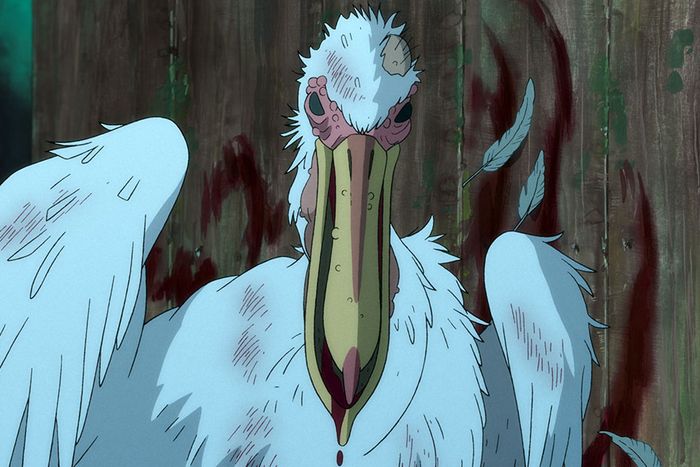🌟 Introduction
After a decade-long hiatus, Hayao Miyazaki returns with The Boy and the Heron — a deeply personal and visually breathtaking journey that explores themes of loss, legacy, and the power of imagination. The film blends the surreal and the emotional in a way only Studio Ghibli can deliver.
🧒 A Tale of Grief and Growth
The story follows Mahito, a boy grappling with the loss of his mother during wartime Japan. When he encounters a mysterious talking heron, he's drawn into a fantastical world that blurs the boundaries between life and death. The narrative is layered, abstract, and metaphorical — a reflection of Miyazaki's own life and fears.

🎨 Stunning Visuals That Speak Louder Than Words
Every frame is a painting. From the overgrown gardens and quiet lakes to the otherworldly portals and whimsical creatures, the film is a masterclass in hand-drawn animation. Ghibli’s attention to light, shadow, wind, and water breathes life into every moment, creating an atmosphere that feels both magical and grounded.
✨ The colors shift to reflect emotion — warm earth tones during peace, surreal blues and violets in moments of mystery.
🧠 A Mature Fantasy
Unlike Ghibli’s earlier child-centric tales, this film skews more philosophical and ambiguous. It's not always easy to interpret, and that's the point. It asks you to feel, not solve. It’s a meditation on death, healing, and choosing to live — wrapped in a whimsical world.

🎻 Music and Sound
Joe Hisaishi’s score once again elevates every scene, from quiet grief to surreal wonder. The blend of silence and swelling orchestration adds weight to Mahito's emotional journey.
🎯 Final Thoughts
The Boy and the Heron isn’t just a movie — it’s an experience. It’s about finding peace in the chaos of life, seen through the eyes of a boy and a talking heron. Visually enchanting and emotionally profound, it’s a film that lingers long after the credits roll.
🌟 Rating: 9.5/10
Written by: [Ashish Singh]
Date: June 2025



